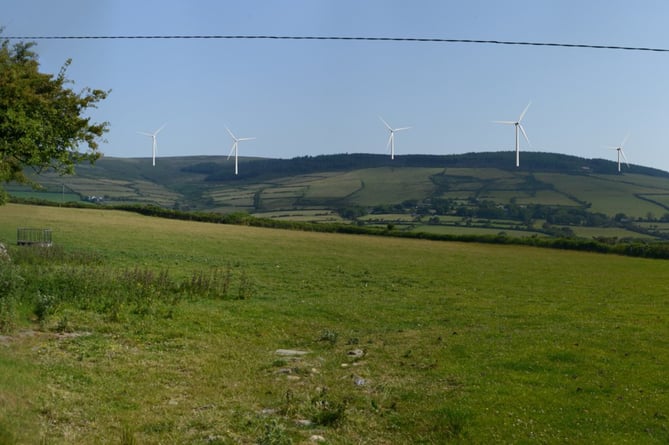The chairman of Manx Utilities (MU) has said that it is unlikely millions of pounds would be spent on an environmental impact assessment if there was any indication that the chosen windfarm site was not suitable.
Tim Crookall made the comments in Tynwald this week while fielding questions on the issue.
It comes following Manx Utilities’ recent announcement that Earystane and Scard, a site in the south of the island, is the company’s preferred location for its proposed wind farm.
Mr Crookall said that a technical and environmental appraisal has been carried out which has determined Earystane and Scard as the most suitable at which to carry out a detailed environmental assessment.
But he added that if for some reason the environmental impact assessment finds that Earystane and Scard is not suitable, the next site that would be considered is Sulby and Druidale, the company’s second choice.
Given that the feasability work has demonstrated the viability of both sites, it is unlikely that any further sites would be considered until both Earystane and Scard and Sulby and Druidale have been properly ruled out, according to Mr Crookall.
However, he said that if a windfarm at Earystane and Scard is not progressed, it would be difficult to meet the 2026 deadline for the windfarm to be completed with any of the other sites.
Chair of the Climate Change Board, Daphne Caine, asked Mr Crookall whether the selection criteria for an onshore windfarm was flawed in the first place, given that MU only considered publicly owned sites.
She said: ‘I am a strong supporter of wanting to see renewable wind energy in the island, but I wonder can the chair be confident that the best site is under consideration? The grid will need strengthening in any event.’
Arbory, Castletown and Malew MHK, Tim Glover, said: ‘We know we need to update the grid, surely that’s what we need to be prioritising.’
Mr Crookall said that the whole island was looked at, adding: ‘Lots of reasons have been given for why sites have been withdrawn, lack of suitable grid connection, risk of statutory limits being breached on the power system, low wind speed, legacy mines and contaminated land, sensitive habitats and lack of suitable road access.’




